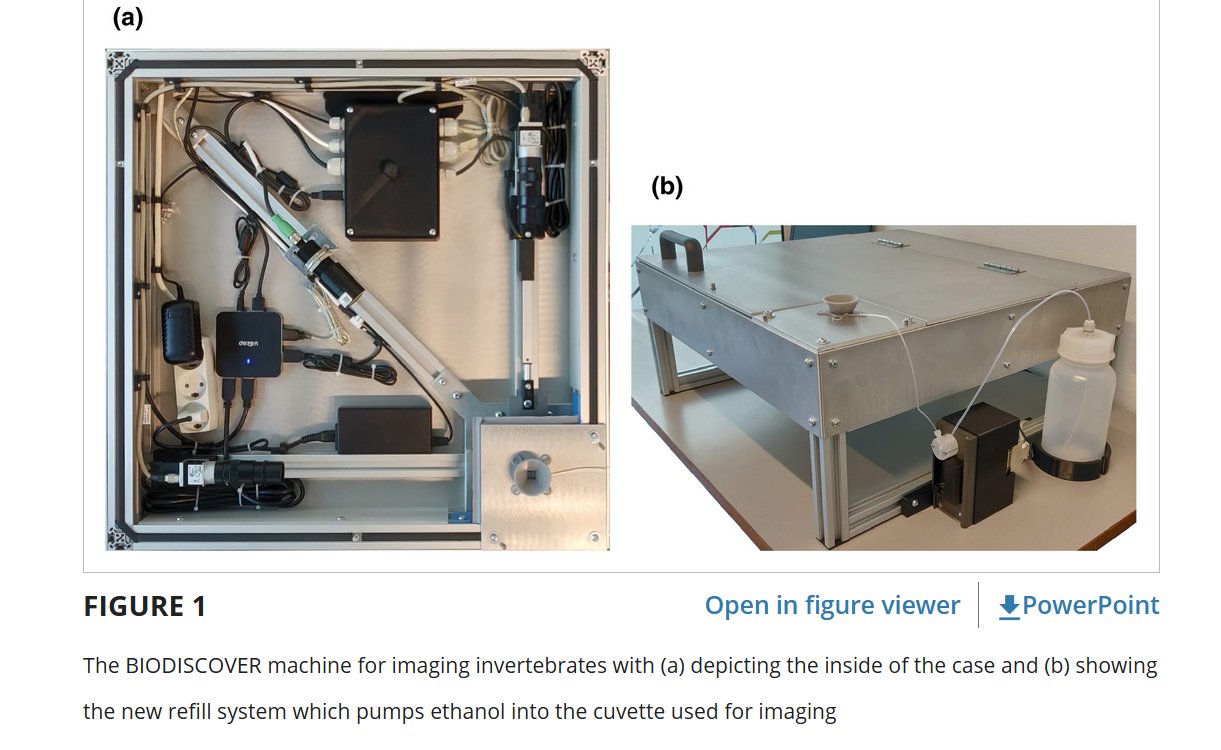Automatic image-based identification and biomass estimation of invertebrates
New publication by Johanna Ärje, Claus Melvad, Mads Rosenhøj Jeppesen, Sigurd Agerskov Madsen, Jenni Raitoharju, Maria Strandgård Rasmussen, Alexandros Iosifidis, Ville Tirronen, Moncef Gabbouj, Kristian Meissner, Toke Thomas Høye

Abstract:
- Understanding how biological communities respond to environmental changes is a key challenge in ecology and ecosystem management. The apparent decline of insect populations necessitates more biomonitoring but the time‐consuming sorting and expert‐based identification of taxa pose strong limitations on how many insect samples can be processed. In turn, this affects the scale of efforts to map and monitor invertebrate diversity altogether. Given recent advances in computer vision, we propose to enhance the standard human expert‐based identification approach involving manual sorting and identification with an automatic image‐based technology.
- We describe a robot‐enabled image‐based identification machine, which can automate the process of invertebrate sample sorting, specimen identification and biomass estimation. We use the imaging device to generate a comprehensive image database of terrestrial arthropod species which is then used to test classification accuracy, that is, how well the species identity of a specimen can be predicted from images taken by the machine. We also test sensitivity of the classification accuracy to the camera settings (aperture and exposure time) to move forward with the best possible image quality. We use state‐of‐the‐art Resnet‐50 and InceptionV3 convolutional neural networks for the classification task.
- The results for the initial dataset are very promising as we achieved an average classification accuracy of 0.980. While classification accuracy is high for most species, it is lower for species represented by less than 50 specimens. We found significant positive relationships between mean area of specimens derived from images and their dry weight for three species of Diptera.
- The system is general and can easily be used for other groups of invertebrates as well. As such, our results pave the way for generating more data on spatial and temporal variation in invertebrate abundance, diversity and biomass.
